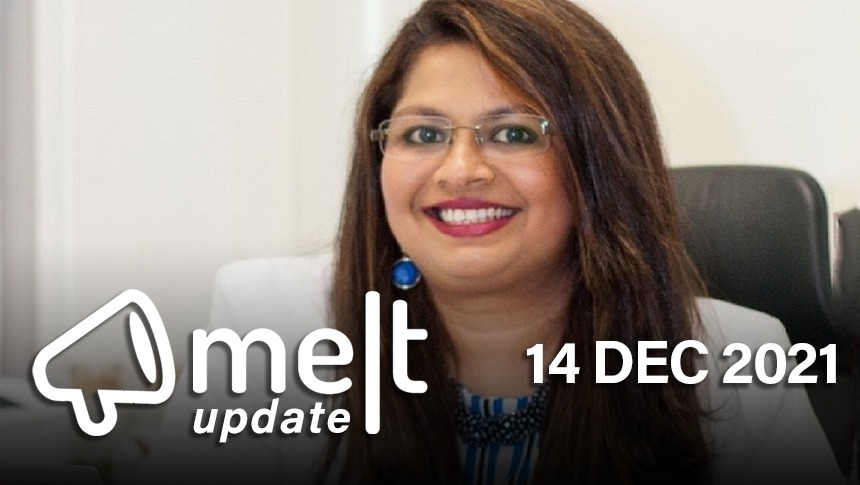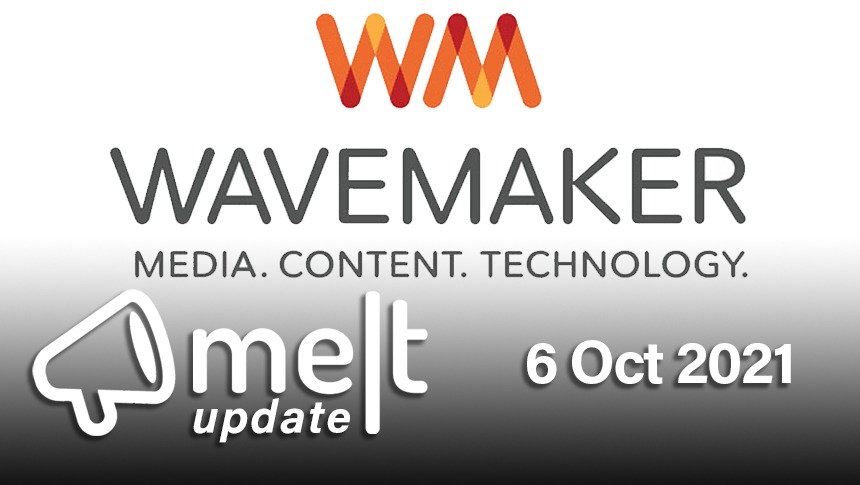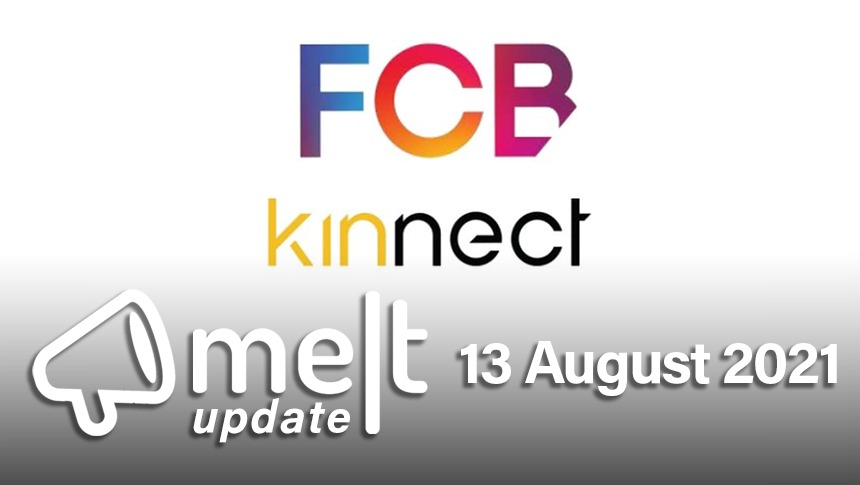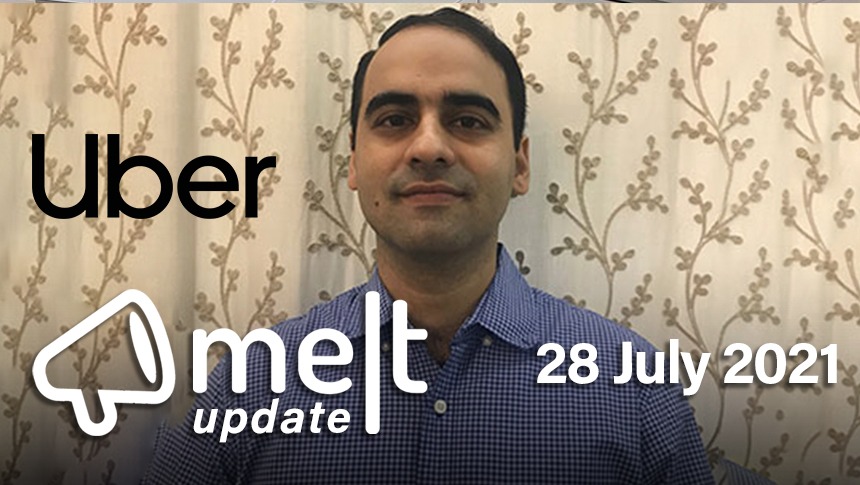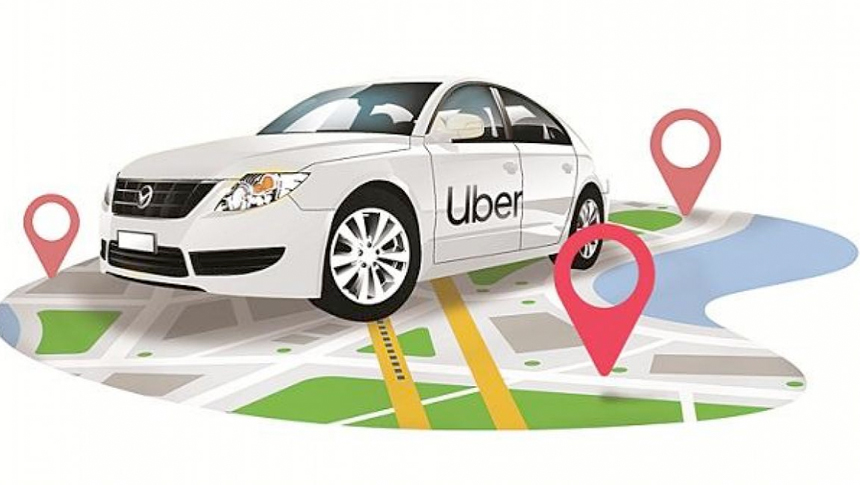
I’m saying it.
Nothing can fix Uber and Ola, least of it advertising and public relations.
Let me say it clearly: the product is a BAD product, built on some terrible assumptions.
For some time now, I’ve been reading up on Entrepreneurial Science (more details here: https://www.politicalconcepts.org/entrepreneurial-science-yarden-katz/) because of my interest in research because of my interest in advertising and marketing.
While on this journey, I had a long chat with an entrepreneurial scientist, RJ Youngling, to better understand what these scientists do. You will be able see and hear him on MELT on WION in early 2022 if you’re interested.
Much of what entrepreneurial scientists do is to search for truths in any context. In marketing, so many of our decisions are built on assumptions.
What if the assumptions are wrong and you build a whole business on these wrong assumptions?
That’s what Uber and Ola and all the ‘ride-sharing’ platforms have done. Built an entire business on false and useless assumptions.
The business is built on the belief that they are doing drivers (driver-owners) a favour and that drivers would be grateful for the income that they would get from leveraging the ‘spare capacity’ of their time and their cars.
What these operators missed out on is the mindset of the drivers thanks to the revenue model of these businesses.
- Drivers would have to own their own cars
- Drivers would pay a percentage of the fare to the ride-sharing platform
- Drivers would not be employees of the platform
In essence, the drivers were entrepreneurs themselves.
They were not employees; they would never be servile. For the drivers, their own revenue would always be the motivating factor.
If the driver was an employee, no fare would be refused; cars would be maintained as per the rules of the company that employed him (or her), and so on.
For example, if the car was owned by the platform and the driver was an employee, you would have no situation where the air-conditioning doesn’t work. A company-owned car would be sent to the garage for the AC to be repaired as soon as the problem was reported. When the car is driver-owned, the driver would do a cost-benefit analysis: can the repair be postponed? Is the cost of the repair justified? And so on.
It’s a dank day. Maybe the driver just doesn’t want to drive today. It’s his daughter’s birthday. Maybe he’ll take the day off. It’s a lovely day. Maybe he’ll take the family to Lonavla for a drive and forget about business for the day.
When enough drivers do this, the consumer will experience a shortage of cars and surge fees. This would never have happened if the cars were owned by the platform and the drivers were employees of the platform.
Think of the driver as an entrepreneur and it becomes easy to understand why these ride-share services are so bad – and why they will NEVER become better. They didn’t break today; they were broken the day they were created.
And I think to myself, this whole business, funded to the extent of many billions of dollars, has been built on false and careless assumptions.
There’s a silver lining. Since this business is broken and battered, there’s still a need-gap that some great idea can close. But, for God’s sake, check your assumptions first.
